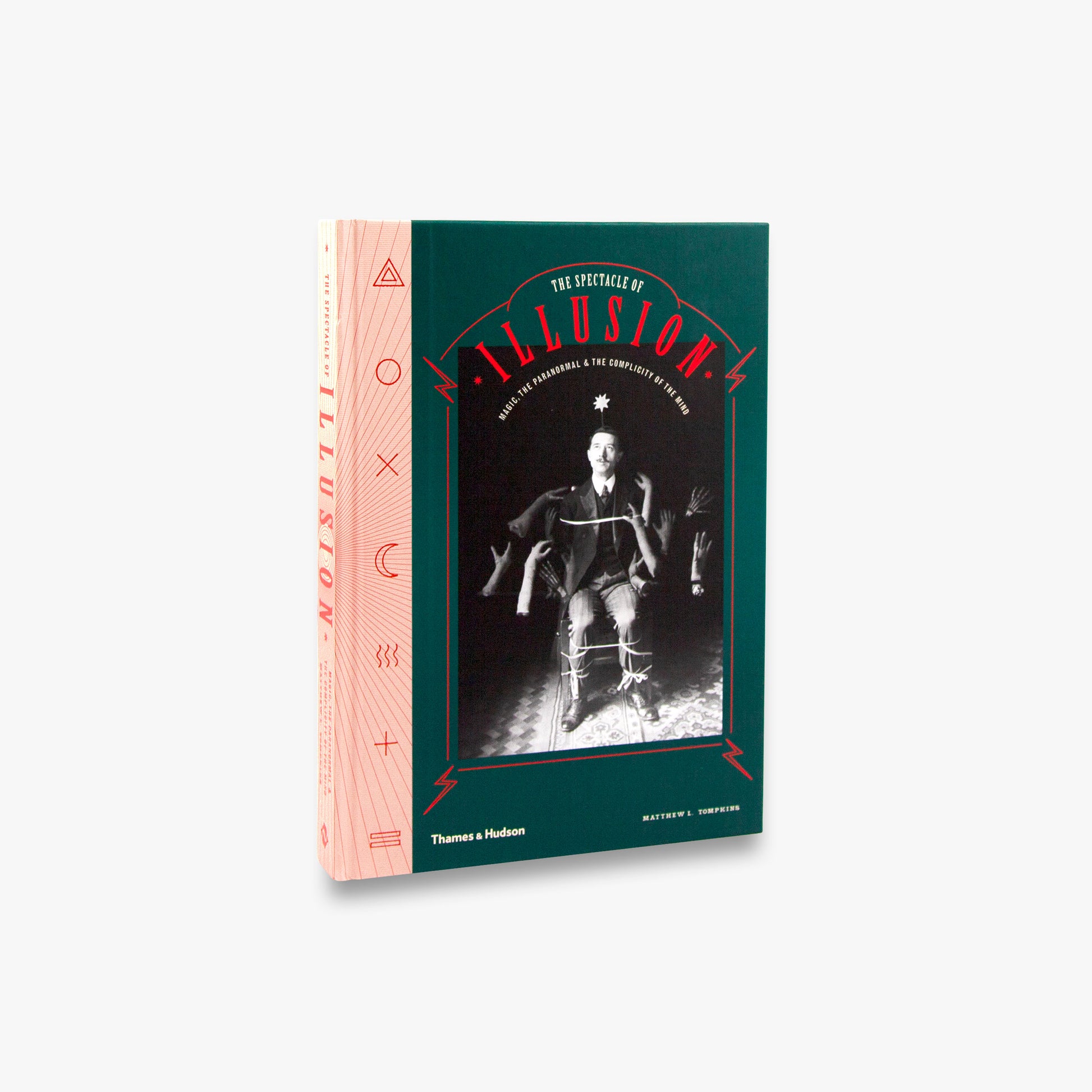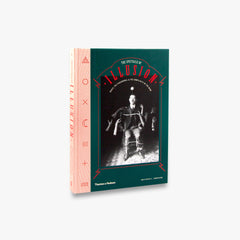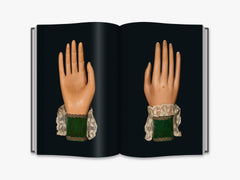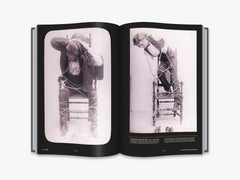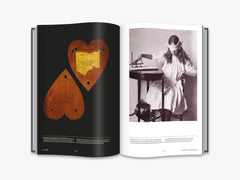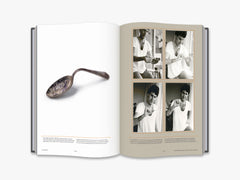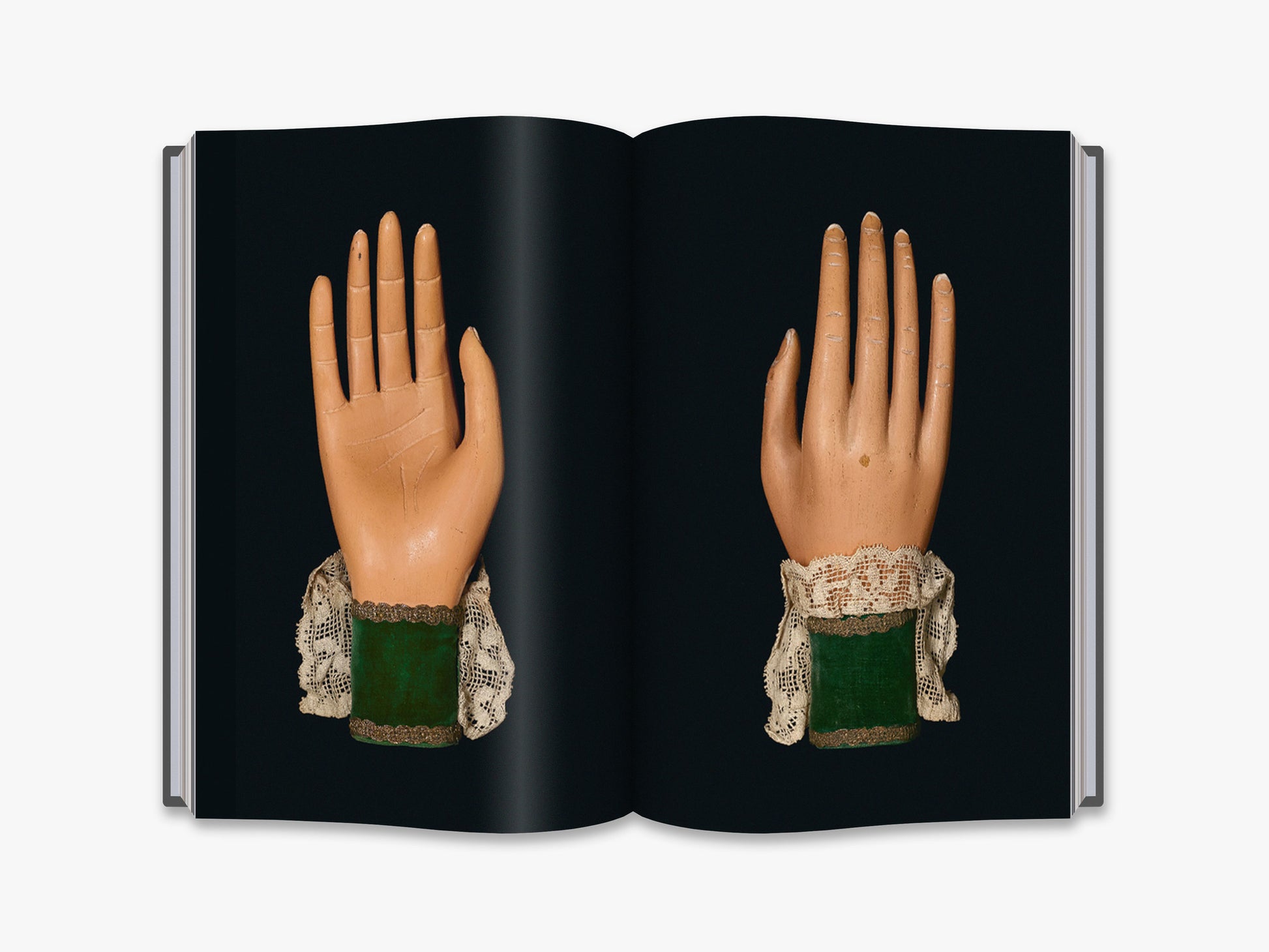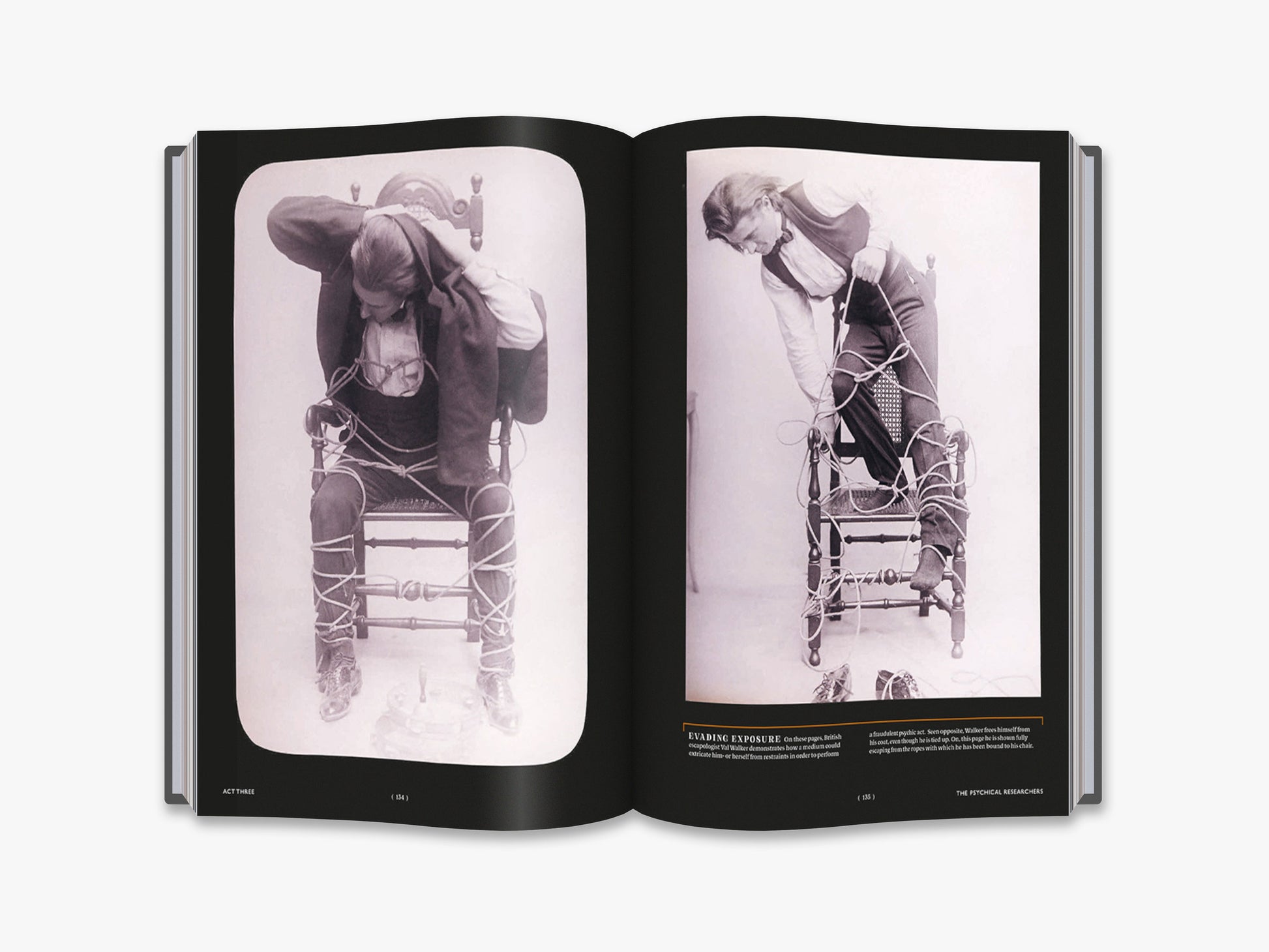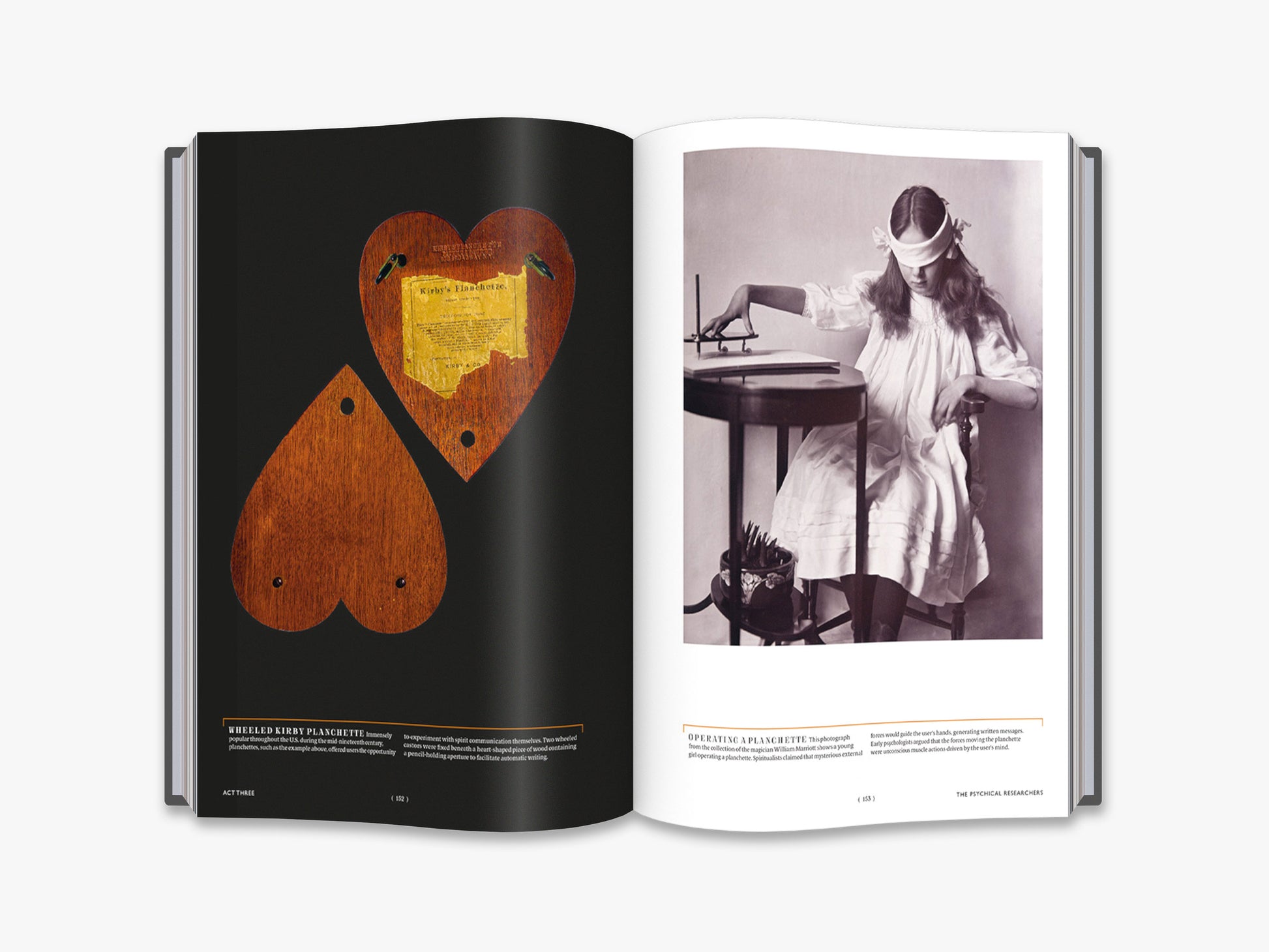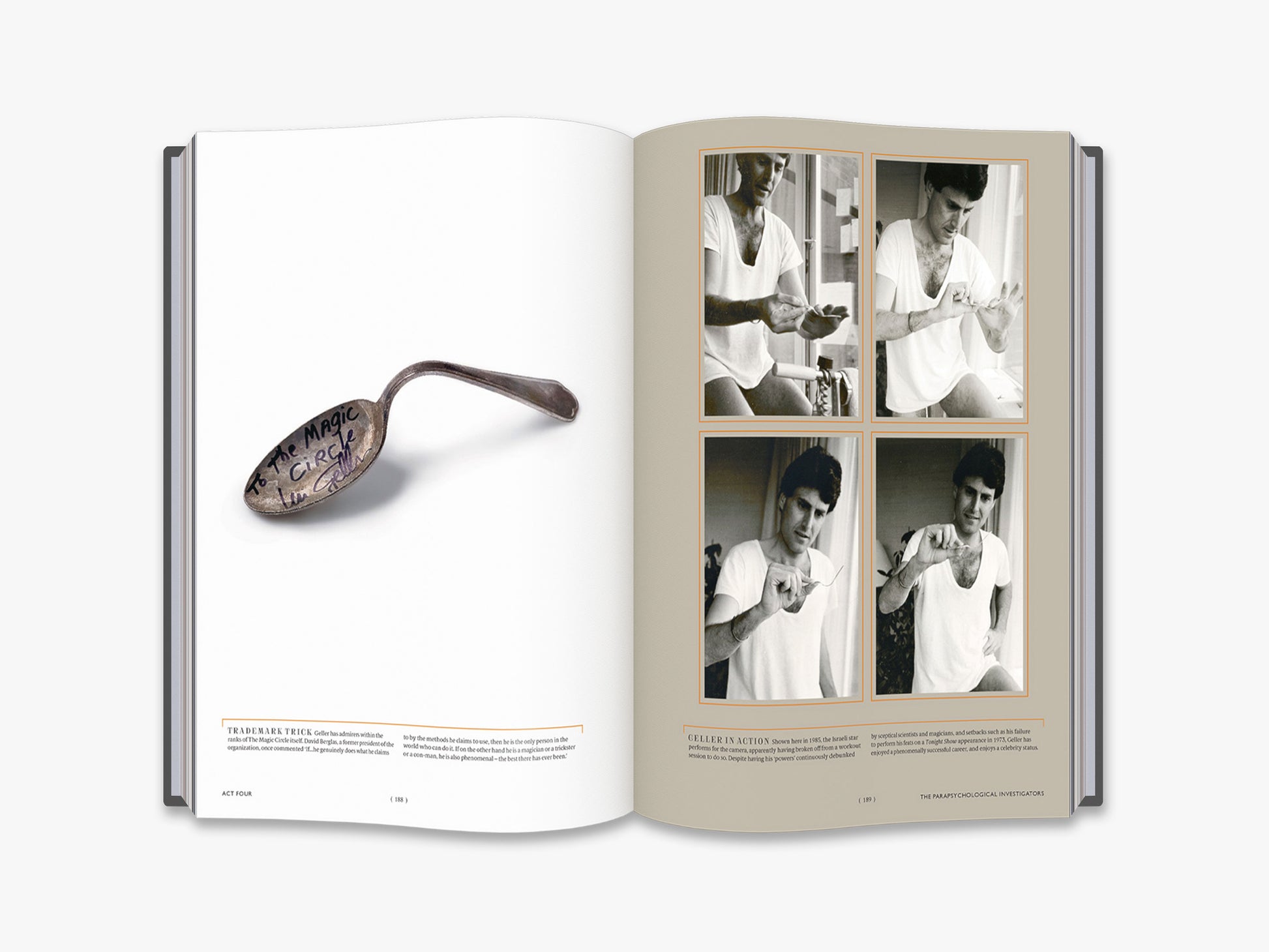Beginning by discussing mesmerism and spiritualism, the book moves on to consider how professional magicians such as John Nevil Maskelyne, Harry Houdini, and James Randi engaged with these movements – particularly how they set out to challenge and debunk paranormal claims. It also relates the interactions between magicians, mystics and scientists over the past 200 years, and reveals how the researchers who attempted to investigate magical and paranormal phenomena were themselves deceived, and what this can teach us about deception.
Highly illustrated throughout with entertaining and bizarre drawings, double-exposure spirit photographs and photographs of spoon-bending from hitherto inaccessible and un-mined archives, including the Wellcome Collection, the Harry Price Library, the Society for Physical Research, and last but not least, the Magic Circle’s closely guarded collection, the book also features newly commissioned photography of planchettes, rapping boards, tilting tables, ectoplasm, automata and illusion boxes. Concluding with a modern-day analysis of the science of magic and illusion, analyzing surprisingly weird phenomena such as ideomotor action, sleep paralysis, choice blindness and the psychology of misdirection, this unnerving volume highlights how unreliable our minds can be, and how complicit they can be in the perpetuation of illusions.
Press Reviews
Derren Brown
Andy Nyman
Professor Kia Nobre, Head of Department of Experimental Psychology, University of Oxford
Dr. Gustav Kuhn, Reader in Psychology at Goldsmiths, University of London and Head of the MAGIC Research Lab
American magician-turned-psychologist Dr. Matthew L. Tompkins obtained a DPhil in Experimental Psychology at the University of Oxford. Previously, he had obtained a BA in Psychology at the State University of New York at Geneseo and an MSc in Psychological Research at Oxford. His research, which has been featured across various international media outlets, including the Washington Post and BBC Future, focuses on the cognitive psychology of illusions. Matt worked as a professional magician before he began his academic career, and his experiences performing continue to influence his work. He recently became the first member of The Magic Circle to be admitted on the basis of a peer-reviewed scientific publication.
You May Also Like
View more- Choosing a selection results in a full page refresh.


